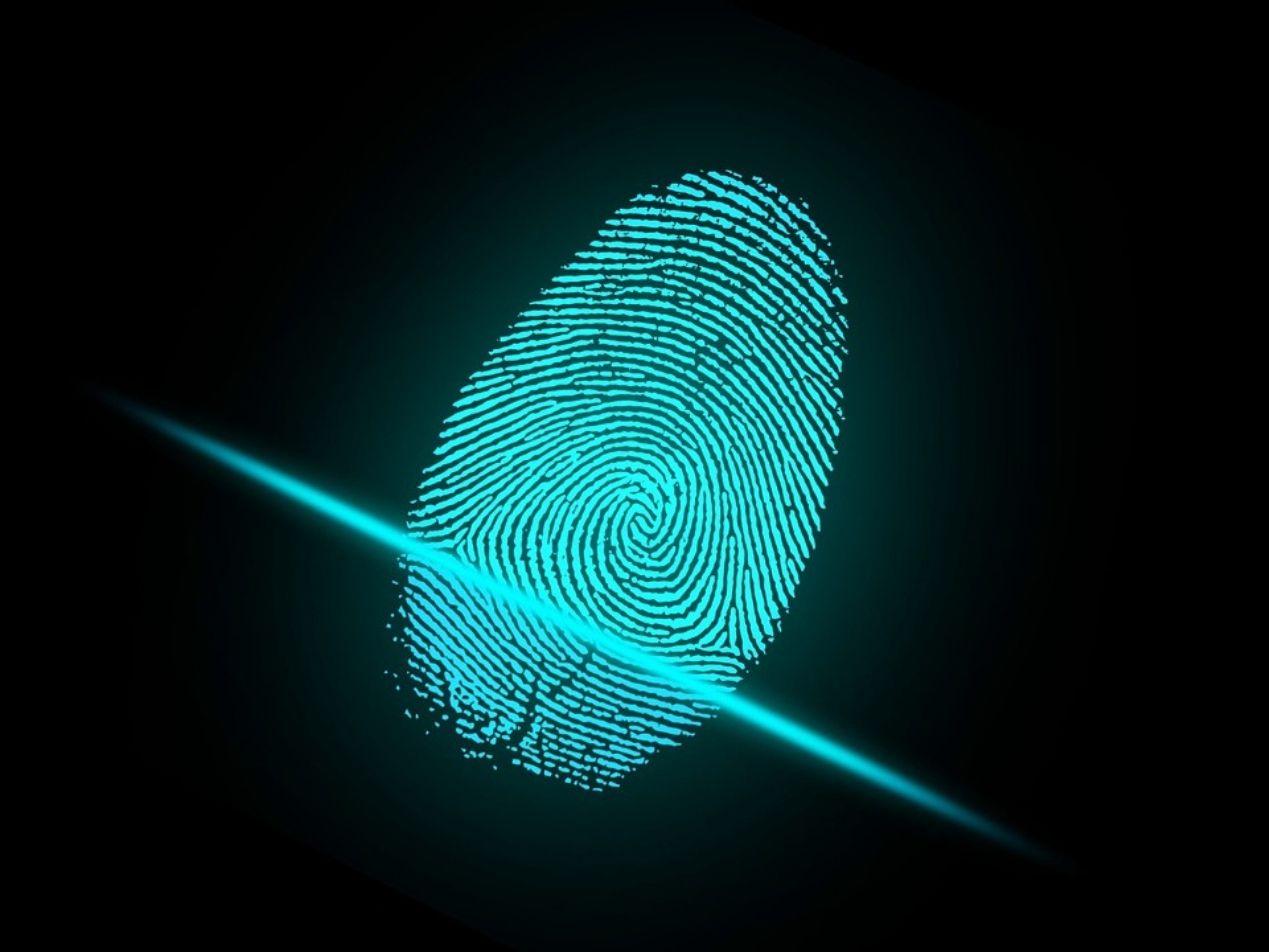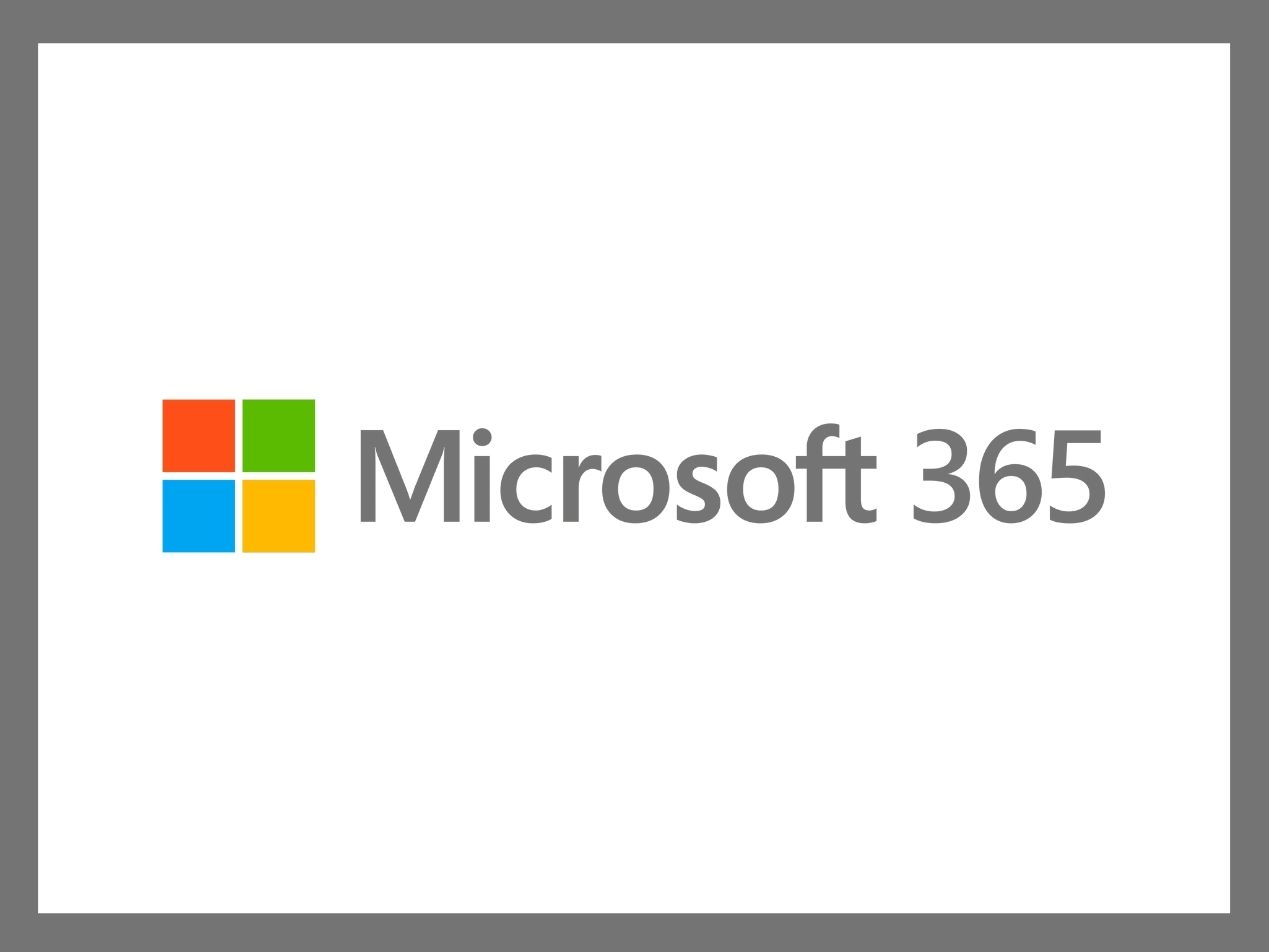
Passwords used to be considered the only credential factor needed to confirm the identity of a person accessing an account. Those days are nearly over though. As cybercriminals get more sophisticated, so do people that want to protect their data. And single-factor authentication may not be enough to confirm a person's identity.
What are the problems with single-factor authentication?
The most popular single-factor credential is having the correct password to gain access to an account. There are problems with this single-factor authentication approach. Many people don't want to bother to remember complicated passwords, and they often default to creating simple passwords like "123456" or "password". These simple passwords are easy to guess and make accounts more vulnerable to unauthorized access.
Even if you have a complex password, your information may be exposed in a hack or online leak. All a hacker needs is your password to enter your account and possibly obtain sensitive information.
What are the different types of authentication?
Correct login credentials are only one factor in protecting your data. There needs to be another layer of credentials to keep your information secure. There are three different types of authentication:
- Knowledge: The person confirms their identity by answering questions only they know. This can include passwords or answers to security questions.
- Possession: A person can confirm their identity with a physical object that only they have in their possession. Examples include a one-time passcode sent to their phone or a security token.
- Inherence: Inherence authentication means a person confirms their identity by providing their biometric information. Common examples include fingerprints or retina scans.
For a fully secure account, it's best practice to have two or more types of credentials to ensure only authorized access is maintained. This can fall into two categories: two-factor authentication (2FA) or multi-factor authentication (MFA).
What is the main difference between two-factor authentication and multi-factor authentication?
The main difference between 2FA and MFA is the number of credentials involved to gain access to an account. 2FA requires two authentication credentials—no more, no less. MFA requires more than one authentication credential. This can be two or three credentials, but the only criteria to qualify as MFA is that there is more than one credential required to confirm a person's identity.
What's an example of two-factor authentication?
One example of 2FA is withdrawing money from an ATM. A person needs two authentication credentials to confirm their identity. First, they use their bank card as a possession credential. Then they enter a pin code as a knowledge credential. It's highly unlikely that a person would have both credentials unless they had permission to access the bank account. Therefore, this is a secure method of withdrawing money from an ATM.
Is multi-factor authentication better than two-factor authentication?
It sounds like MFA and using all 3 authentication credentials is the best way to keep your network secure. After all, there are few chances that a hacker would get access to all 3 authentication credentials. However, you don't want to create an authentication process that is too slow or complicated for people to use efficiently. This can hinder workflow and agitate employees. You'll want to find the right balance between protecting your data while accurately confirming the identity of people requesting access to accounts.
Keep emails secure by using Paubox
Paubox Email Suite is the solution for your healthcare email security needs. All sent emails are encrypted by default and enable employees to send HIPAA compliant email. Paubox limits account access by requiring two-factor authentication for anyone to log into the admin panel.
Subscribe to Paubox Weekly
Every Friday we'll bring you the most important news from Paubox. Our aim is to make you smarter, faster.




